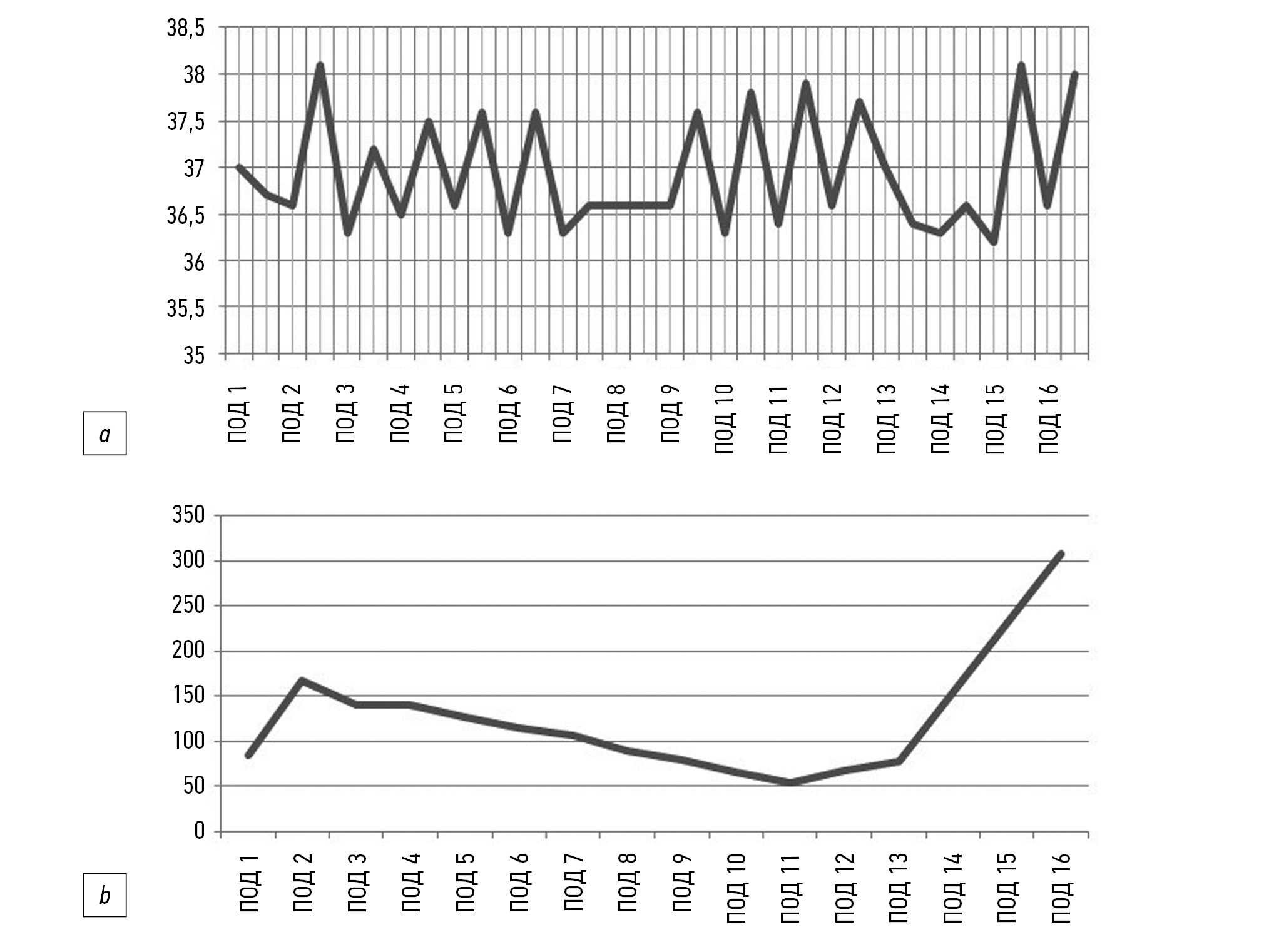Magnetic resonance imaging in the diagnosis of necrosis of a pulled-through colon segment after abdomino-anal resection of the rectum for cancer
- Authors: Myalina S.A.1, Paziuk K.I.2, Berezovskaya T.P.1, Nevolskikh A.A.1,2, Potapov A.L.1, Ivanov S.A.1,2,3
-
Affiliations:
- National Medical Research Radiological Center, A. Tsyb Medical Radiological Research Centre
- Obninsk Institute for Nuclear Power Engineering ― National Research Nuclear University MEPhI
- Peoples’ Friendship University of Russia
- Issue: Vol 4, No 1 (2023)
- Pages: 61-69
- Section: Case reports
- URL: https://journals.rcsi.science/DD/article/view/146876
- DOI: https://doi.org/10.17816/DD227288
- ID: 146876
Cite item
Abstract
This study presents a case of necrosis of the pulled-through colon after abdomino-anal resection of the rectum, which was diagnosed by magnetic resonance imaging.
A 47-year-old man underwent laparoscopically assisted abdomino-anal resection of the rectum with reconstruction of a coloplasty pouch and transverse colostomy in the course of combination treatment for locally advanced rectal cancer. The postoperative period was complicated by the development of an inflammatory response syndrome. On postoperative day 3, contrast-enhanced magnetic resonance imaging revealed swelling of the 15-cm segment of pulled-through colon up to the coloanal anastomosis with sharply attenuated contrast enhancement, whereas rectoscopy showed no changes. On postoperative day 6, a magnetic resonance imaging scan revealed a defect in the anterior wall of the coloplasty pouch with a parietal aerocele, and rectoscopy showed signs of necrosis of the bowel wall. On postoperative day 10, the magnetic resonance imaging scan presented no changes. Because of increasing signs of inflammation, relaparotomy with anastomosis disconnection and resection of the necrotized bowel segment were performed.
Ischemia of the pulled-through colon after rectal surgery is a rare but serious complication. Our clinical case report demonstrates the potential of contrast-enhanced magnetic resonance imaging as a non-invasive method in case follow-up in patients with a complicated postoperative period for early diagnosis of ischemia and bowel wall defects, which helps to make the appropriate patient management plan.
Full Text
##article.viewOnOriginalSite##About the authors
Sofiya A. Myalina
National Medical Research Radiological Center, A. Tsyb Medical Radiological Research Centre
Email: samyalina@mail.ru
ORCID iD: 0000-0001-6686-5419
SPIN-code: 9668-3834
Russian Federation, Obninsk
Ksenia I. Paziuk
Obninsk Institute for Nuclear Power Engineering ― National Research Nuclear University MEPhI
Author for correspondence.
Email: komolovaksusha@yandex.ru
ORCID iD: 0009-0000-0036-9877
Russian Federation, Obninsk
Tatiana P. Berezovskaya
National Medical Research Radiological Center, A. Tsyb Medical Radiological Research Centre
Email: berez@mrrc.obninsk.ru
ORCID iD: 0000-0002-3549-4499
SPIN-code: 5837-3465
MD, Dr. Sci. (Med.), Professor
Russian Federation, ObninskAlexey A. Nevolskikh
National Medical Research Radiological Center, A. Tsyb Medical Radiological Research Centre; Obninsk Institute for Nuclear Power Engineering ― National Research Nuclear University MEPhI
Email: nevol@mrrc.obninsk.ru
ORCID iD: 0000-0001-5961-2958
SPIN-code: 3787-6139
MD, Dr. Sci. (Med.)
Russian Federation, Obninsk; ObninskAleksandr L. Potapov
National Medical Research Radiological Center, A. Tsyb Medical Radiological Research Centre
Email: ALP8@yandex.ru
ORCID iD: 0000-0003-3752-3107
SPIN-code: 9189-4126
MD, Dr. Sci. (Med.), Professor
Russian Federation, ObninskSergey A. Ivanov
National Medical Research Radiological Center, A. Tsyb Medical Radiological Research Centre; Obninsk Institute for Nuclear Power Engineering ― National Research Nuclear University MEPhI; Peoples’ Friendship University of Russia
Email: oncourolog@gmail.com
ORCID iD: 0000-0001-7689-6032
SPIN-code: 4264-5167
MD, Dr. Sci. (Med.), Professor
Russian Federation, Obninsk; Obninsk; MoscowReferences
- Berdov BA, Nevolskikh AA, Yerygin DV, Lantsov DS. Сurrent approaches to preventing local relapses in the surgical treatment of rectal cancer. Russ J Oncol. 2007;(5):51–55. (In Russ).
- KrotVS, RyliukАF. Сauses of necrosis in operations with descending sigmoid intestine. Health Ecology Issues. 2011;(2):55–60.(In Russ).
- Basheev VK. Optimization of tactics of treatment of cancer of the lower ampullary rectum [dissertation abstract]. Donetsk; 2003. 32 р. (In Russ).
- Tsepilova IYa, Trunov GV, Vinnik YA, et al. Study of microcirculation in the graft after abdominal-anal resection of the rectum. Vrachebnaya praktika. 2000;(6):44–45. (In Russ).
- Lim DR, Hur H, Min BS, et al. Colon stricture after ischemia following a robot-assisted ultra-low anterior resection with coloanal anastomosis. Ann Coloproctol. 2015;31(4):57. doi: 10.3393/ac.2015.31.4.157
- Toiyama Y, Hiro J, Ichikawa T, et al. Colonic necrosis following laparoscopic high anterior resection for sigmoid colon cancer: Case report and review of the literature. Int Surg. 2017;102(3-4):109–114. doi: 10.9738/intsurg-d-17-1.1
- Jakimowicz J, Stultiens G, Smulders F. Laparoscopic insufflation of the abdomen reduces portal venous flow. Surg Endoscopy. 1998;12(2):129–132. doi: 10.1007/s004649900612
Supplementary files














